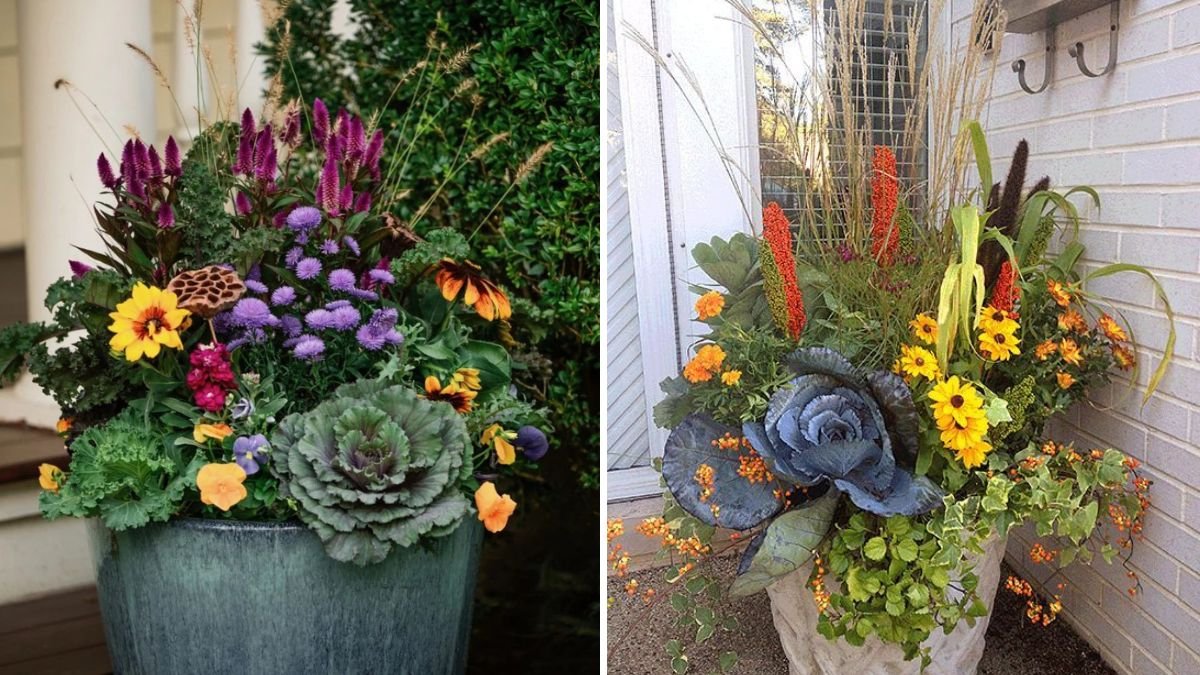Winter can be a challenging season for gardeners and flower enthusiasts. Outdoor gardens may lie dormant, and the vibrant colors of spring and summer blooms are often absent. However, drying flowers is a timeless technique that allows gardeners to preserve the beauty, fragrance, and charm of summer and autumn blooms for use throughout the winter months. Dried flowers are ideal for wreaths, centerpieces, garlands, potpourri, and other decorative arrangements. This article explores seven flowers that dry exceptionally well, along with detailed techniques for harvesting, drying, and incorporating them into winter décor.
Why Dry Flowers for Winter Décor?
Drying flowers offers several advantages:
- Year-Round Beauty: Keeps the vibrancy of summer and autumn flowers in your home during the cold winter months.
- Sustainability: Reduces waste by preserving flowers that would otherwise wilt.
- Cost-Effective Décor: Home-dried flowers are a budget-friendly alternative to store-bought seasonal decorations.
- Versatility: Dried flowers can be used in wreaths, floral arrangements, candles, soaps, and other crafts.
- Aromatic Benefits: Many flowers retain fragrance when dried, adding sensory appeal to winter décor.
Step 1: Choosing the Right Flowers for Drying
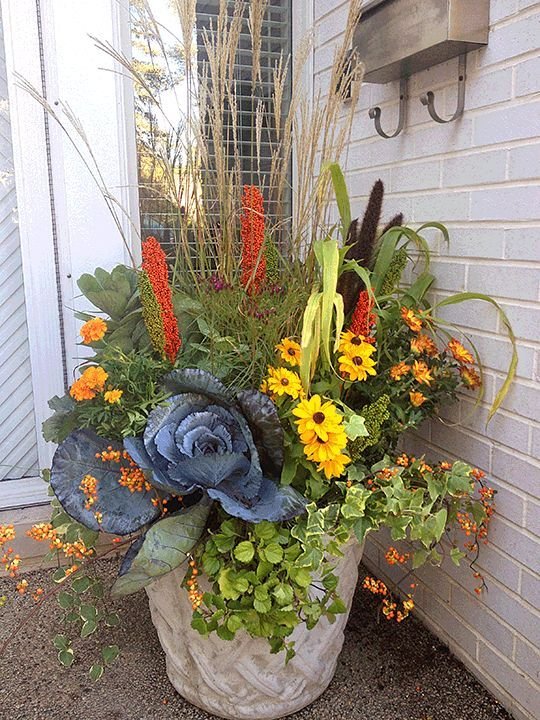
Not all flowers dry well. The ideal candidates maintain their color, shape, and fragrance when dried. Selecting the right flowers ensures long-lasting, visually appealing decorations. Here are seven excellent options:
1. Roses
Roses are classic flowers with a timeless appeal and strong fragrance.
- Best Varieties for Drying: Small or medium blooms with firm petals, such as miniature roses or garden roses.
- Drying Method:
- Remove excess leaves.
- Hang upside down in a dark, dry, well-ventilated space.
- Stems should be tied in small bundles.
- Tips: Choose flowers at the stage just before full bloom for the best color retention. Avoid fully opened blooms, as they may lose petals during drying.
- Winter Décor Uses: Wreaths, centerpieces, potpourri, and floral garlands.
2. Lavender
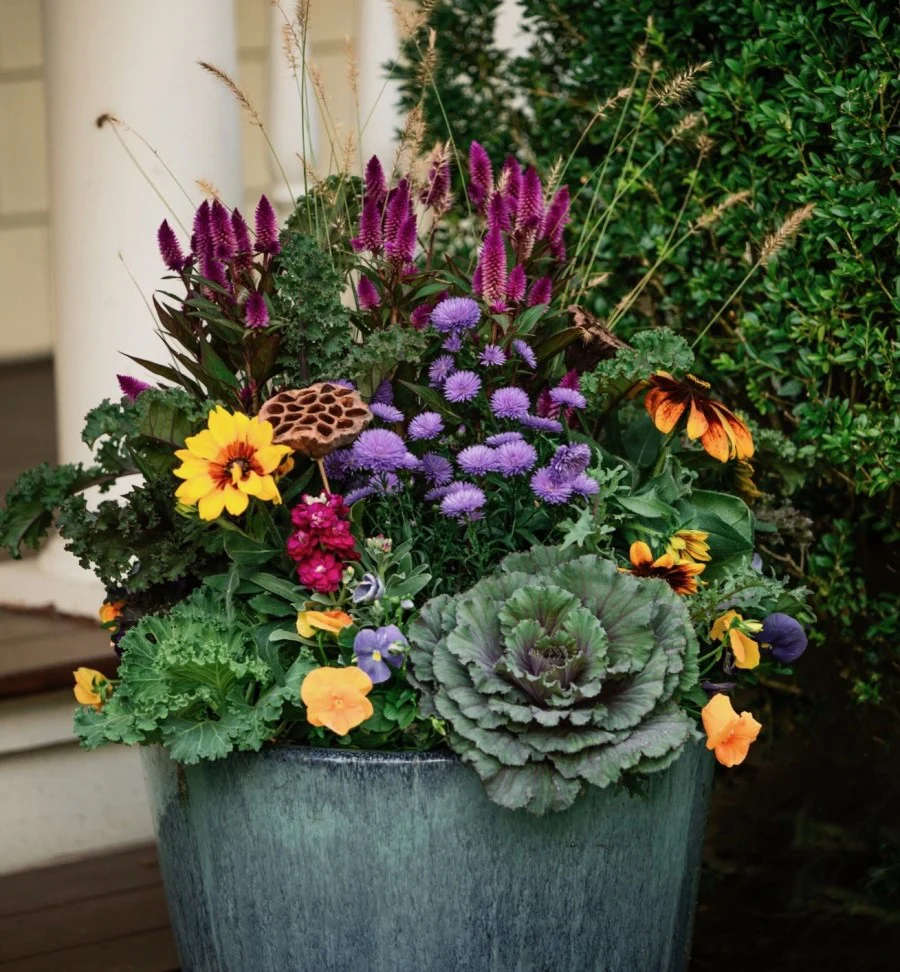
Lavender is prized for its fragrance and slender, elegant stems.
- Best Varieties for Drying: English lavender (Lavandula angustifolia) retains aroma and color best.
- Drying Method:
- Harvest flower spikes when the buds are partially open.
- Tie in small bundles and hang upside down in a dark, dry place.
- Avoid overcrowding to maintain airflow.
- Tips: Lavender retains scent exceptionally well, making it perfect for aromatic décor.
- Winter Décor Uses: Sachets, wreaths, candles, and dried bouquets.
3. Hydrangeas
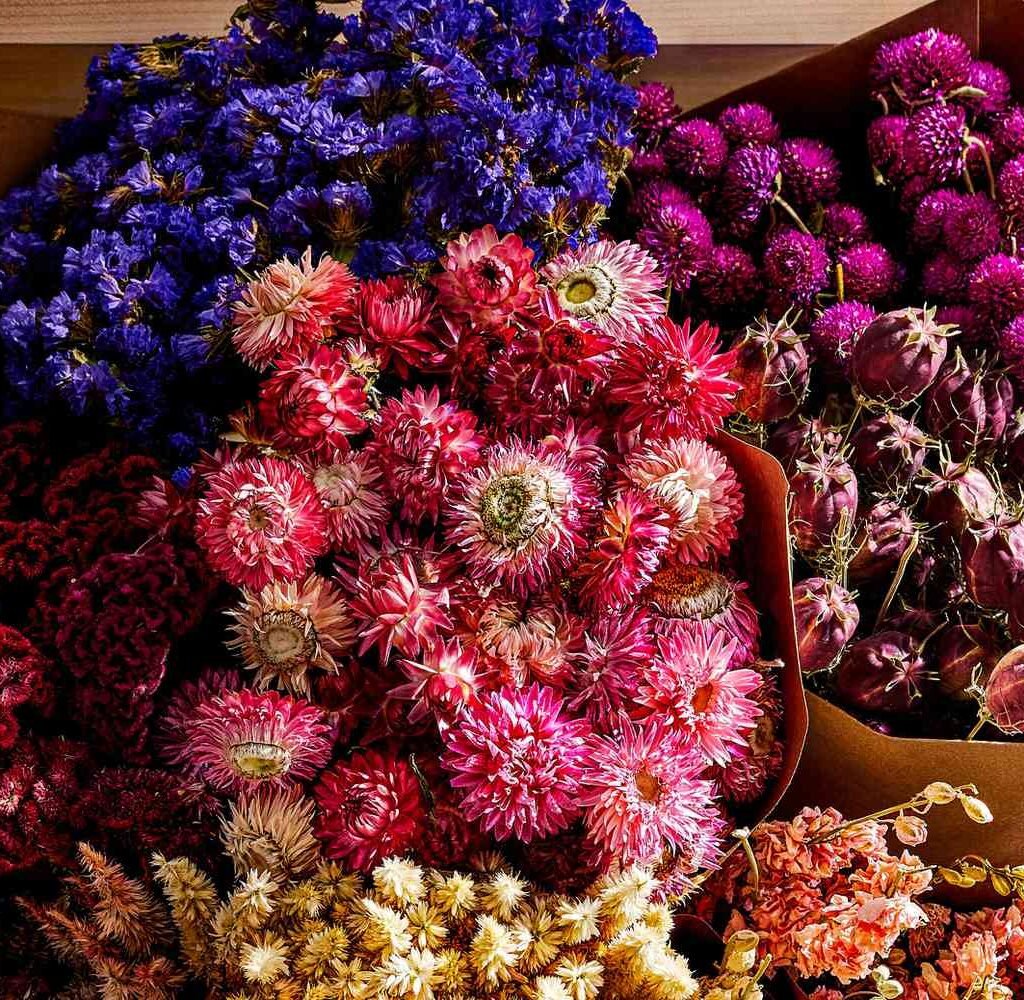
Hydrangeas provide voluminous blooms and retain their shape well.
- Best Varieties for Drying: Mophead and lacecap varieties are ideal.
- Drying Method:
- Cut the entire flower head with a stem of 6–8 inches.
- Hang upside down or dry in a shallow tray in a cool, dark place.
- Tips: Hydrangeas may change color as they dry, often becoming muted shades of blue, pink, or cream, which adds a rustic charm.
- Winter Décor Uses: Wreaths, table centerpieces, and mixed arrangements.
4. Statice (Limonium)
Statice flowers are known for their long-lasting color and texture.
- Best Varieties for Drying: Varieties with tightly packed flower clusters.
- Drying Method:
- Harvest flowers just as they open.
- Hang stems upside down or place in a tray to air dry.
- Tips: Statice keeps its vibrant colors even when dried, making it ideal for colorful winter arrangements.
- Winter Décor Uses: Bouquets, wreaths, and decorative fillers.
5. Strawflowers (Helichrysum)
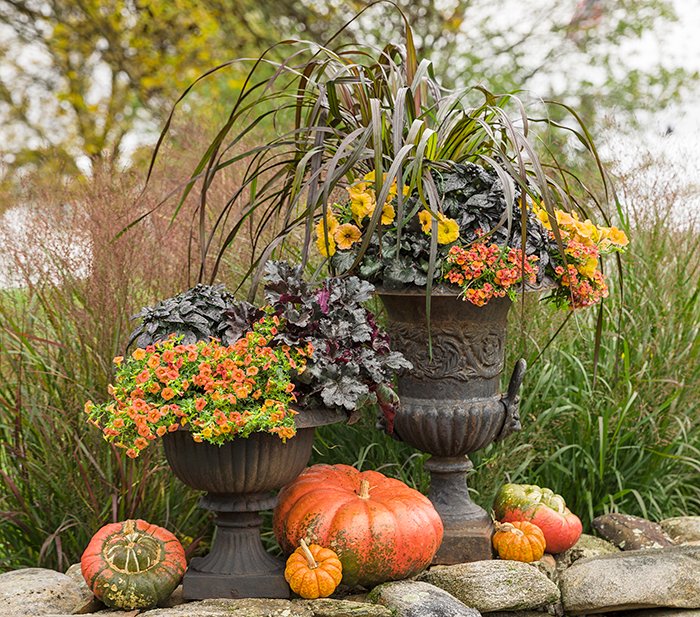
Strawflowers have papery petals that naturally preserve well.
- Best Varieties for Drying: Any variety with firm, brightly colored petals.
- Drying Method:
- Cut stems when blooms are fully open.
- Hang upside down in a dark, ventilated space.
- Tips: Avoid handling petals excessively to prevent crumpling.
- Winter Décor Uses: Bouquets, dried garlands, and floral wall hangings.
6. Celosia (Cockscomb)
Celosia’s unique texture adds dramatic flair to winter décor.
- Best Varieties for Drying: Plumed or crested varieties.
- Drying Method:
- Harvest when flowers are fully mature but not wilted.
- Hang upside down in small bundles in a dark, dry area.
- Tips: Celosia retains its bright colors and distinctive shape after drying.
- Winter Décor Uses: Centerpieces, wreaths, and ornamental arrangements.
7. Eucalyptus
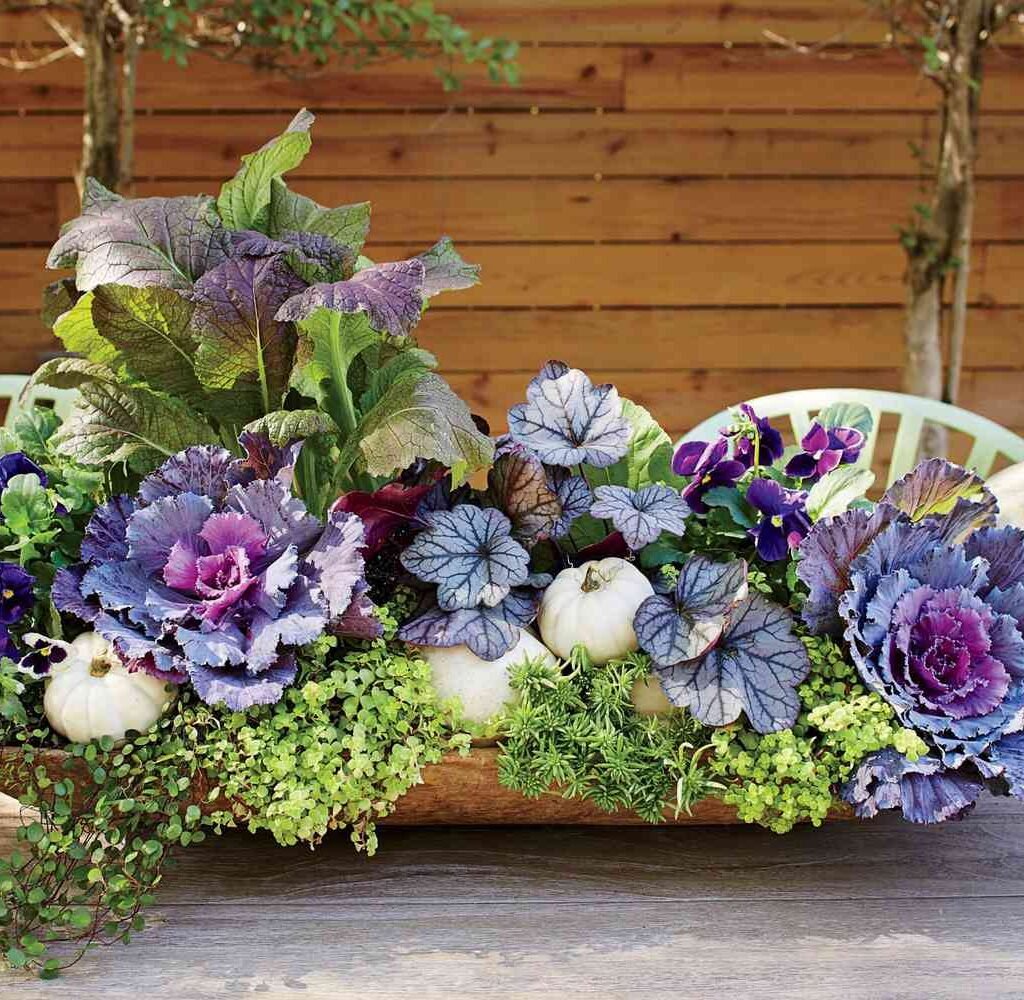
Though technically foliage, eucalyptus adds greenery and fragrance to dried floral arrangements.
- Best Varieties for Drying: Silver dollar and seeded eucalyptus varieties.
- Drying Method:
- Cut stems before leaves fully harden.
- Hang upside down in bundles or place in a vase to dry naturally.
- Tips: Eucalyptus retains fragrance and color when dried in a cool, dark environment.
- Winter Décor Uses: Garlands, wreaths, table runners, and mixed flower arrangements.
Step 2: Preparing Flowers for Drying
Proper preparation is essential for maintaining flower quality:
- Harvest Timing: Pick flowers in the morning after dew has evaporated for maximum freshness.
- Remove Leaves: Leaves on stems can retain moisture and cause mold.
- Trim Stems: Leave at least 6–8 inches of stem for hanging and arranging.
- Clean Flowers: Remove dirt or pests by gently brushing petals or spraying with water and air-drying briefly.
Step 3: Drying Techniques
Different flowers may require slightly different methods, but the following general approaches are effective:
Air Drying
- Hang flowers upside down in a dark, dry, ventilated area.
- Avoid sunlight to prevent fading.
- Drying may take 1–3 weeks depending on flower type and humidity.
Pressing
- Place flat flowers between sheets of absorbent paper inside a heavy book or flower press.
- Ideal for small blooms, leaves, or delicate petals.
Silica Gel Drying
- Use silica gel to preserve shape and color of flowers.
- Place flowers in an airtight container with silica gel crystals.
- Check after a few days for complete drying.
Microwave Drying (Optional)
- Quick drying method for small, delicate flowers.
- Place flowers between paper towels and microwave in short intervals, checking frequently.
Step 4: Storing Dried Flowers
Proper storage ensures longevity and preserves color and fragrance:
- Store in airtight containers or boxes lined with tissue paper.
- Keep in a cool, dark, and dry location to prevent mold and fading.
- Avoid crushing or stacking heavy items on dried flowers.
- Label containers with flower type and drying date.
Tips: Some flowers, like lavender and eucalyptus, retain fragrance when stored, adding an aromatic element to winter décor.
Step 5: Using Dried Flowers in Winter Décor
Dried flowers can be used creatively to brighten winter interiors:
- Wreaths: Combine dried roses, hydrangeas, and eucalyptus for a seasonal wreath.
- Centerpieces: Use statice and strawflowers for vibrant table arrangements.
- Garlands: String dried flowers into garlands for mantels, doors, or staircases.
- Potpourri: Mix petals and fragrant foliage for aromatic home décor.
- Crafts: Incorporate dried flowers in candles, soap, resin art, or greeting cards.
Tips: Mix textures, colors, and flower types for visually appealing arrangements that last throughout winter.
Advantages of Drying Flowers for Winter
- Extended Beauty: Enjoy blooms long after outdoor gardens fade.
- Cost-Effective: Reuse flowers for multiple seasons or occasions.
- Aromatic Appeal: Some flowers retain fragrance, enhancing indoor ambiance.
- Creative Expression: Provides material for DIY crafts and seasonal décor.
- Sustainable Gardening: Reduces floral waste and encourages resourceful practices.
Conclusion
Drying flowers is a practical and rewarding way to preserve the beauty, color, and fragrance of summer blooms for use in winter décor. By selecting flowers such as roses, lavender, hydrangeas, statice, strawflowers, celosia, and eucalyptus, gardeners can create vibrant, aromatic arrangements that last throughout the cold months. Proper harvesting, drying, and storage techniques are key to maintaining the integrity and aesthetic appeal of flowers. Whether used in wreaths, centerpieces, garlands, or crafts, dried flowers offer endless creative possibilities, transforming winter interiors with natural charm. With careful planning and thoughtful preparation, dried flowers can bring warmth, color, and life to your home even in the depths of winter.
